
The FDA has granted orphan drug designation to APX001 for the treatment of cryptococcosis.

The FDA has granted orphan drug designation to APX001 for the treatment of cryptococcosis.
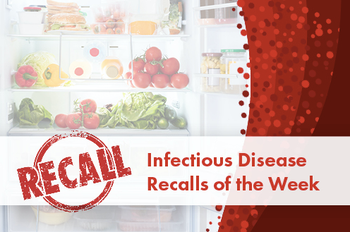
We’ve rounded up a list of important US Food and Drug Administration (FDA) and US Department of Agriculture (USDA) recalls from this past week.
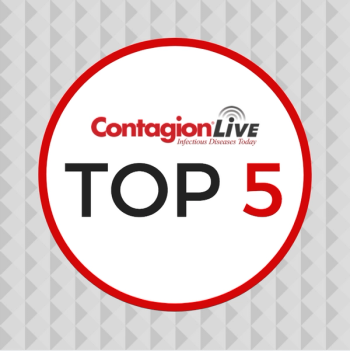
Stay up-to-date on the latest infectious disease news by checking out our top 5 articles of the week.
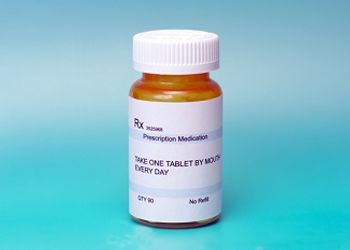
Pharmacists from across the US have authored a special feature to provide advice to clinicians looking to implement penicillin allergy skin testing (PAST) at their institution.

Lessons from the frontlines of post-hurricane public health response

The US Food and Drug Administration has granted Breakthrough Therapy Designation to investigational drug CP101 for the treatment of patients with recurrent C diff infection.

Targeted marketing of PrEP has unintended consequences that could be avoided with improved messaging, a commentary in The Lancent says.
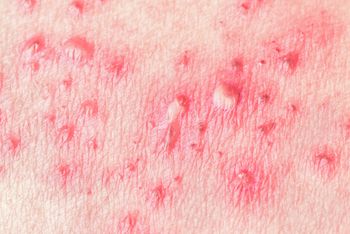
In a report detailing the hospitalization of a college student with complications from a herpes zoster infection, investigators say a corticosteroid prescription likely impaired the patient’s antiviral immune response.

Although the majority of states grant vaccine exemptions for medical reasons and religious beliefs, 17 states allow exemption for personal or moral beliefs, increasing the likelihood of outbreaks of preventable diseases like measles.
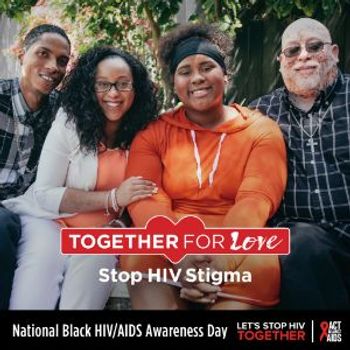
National Black HIV/AIDS Awareness Day is all about fighting the HIV stigma and encouraging education, testing, and prevention.

South Korean investigators have identified a correlation between infection with high-risk strains of HPV and increased risk of CVD, especially among women with obesity or other cardiovascular risk factors.

Paratek Pharmaceuticals has announced the launch of omadacycline, including 3 antimicrobial susceptibility tests and a surveillance program.

For individuals willing to self-collect specimens, staying on PrEP in order to avoid HIV infection may get significantly easier.

A phase 3 trial has been approved for SPR994, a candidate being developed as an oral carbapenem antibiotic for the treatment of cUTIs.

Is there a chance of similar legislation in the United States?

Post-licensure safety data on recombinant zoster vaccine (Shingrix) is consistent with pre-licensure clinical trial data, although the CDC cautions that the immunization is still in the “early uptake period.”

Japanese researchers find a concerning resistance to a new antiviral flu medication.

In an ongoing study spanning more than 15 years, investigators have made key discoveries about how HIV and TB drugs affect pregnant and postpartum women, leading to new safety and dosing recommendations for several medications.

The FDA has accepted an NDA for imipenem/cilastatin/relebactam as well as a supplemental NDA for ceftolozane/tazobactam.
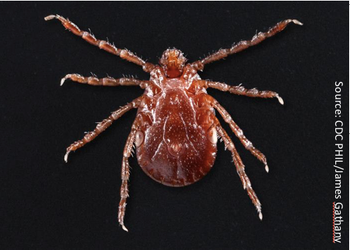
Rutgers University investigators created a pictorial key that anyone with a strong enough microscope can use to correctly identify the Asian longhorned tick from other harmless species.

Whole-genome sequencing could speed up targeted treatment for patients infected with antibiotic-resistant bacteria, a proof of concept study by Johns Hopkins investigators determined.

Hospital visits for so-called “Victorian-era” diseases are on the rise in the United Kingdom, and experts there believe public health budget cuts may be behind the upswing.

Taking pre-exposure prophylaxis does not appear to lower the quality of life for people at risk of contracting HIV.

The long-term health care burden after Clostridium difficile (C diff) infection (CDI) is great for elderly patients. But even nonelderly patients are at risk for gastrointestinal symptoms for up to 2 years afterward.

We’ve rounded up a list of important US Food and Drug Administration (FDA) and US Department of Agriculture (USDA) recalls from this past week.

Stay up-to-date on the latest infectious disease news by checking out our top 5 articles of the week.

In 2016, 60% of adolescents had initiated the HPV vaccine series but only 16% completed the vaccination series by age 13 and 35% by age 15.

The US Preventive Services Task Force evaluated existing recommendations and reaffirmed that newborns should receive ocular antibiotic ointment at birth to prevent gonococcal ophthalmia neonatorum.

SCYNEXIS has announced results from the first interim analysis of the phase 3 FURI study evaluating oral ibrexafungerp for invasive fungal infections.

A next-generation phenotyping system is seeking to revolutionize antibiotic susceptibility testing in an effort to begin treating patients faster and to combat antibiotic resistance.